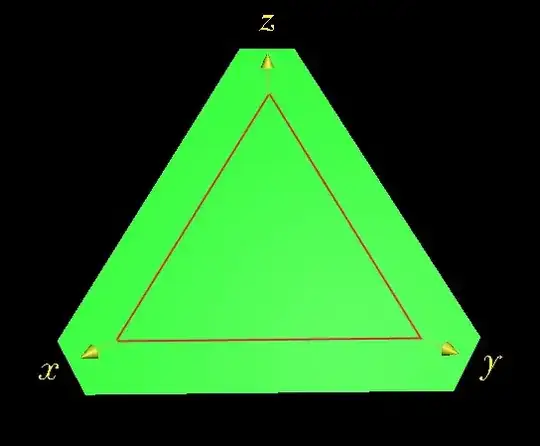A way of picturing this (illustrating what Robert Isreal describes) is to consider the tilted plane $ \ x + y + z = 10 \ . $ In the graph below, the lines of intersection with the coordinate planes are marked in red.

The number of positive integer solutions to the equation is the number of integer lattice points that lie on that plane and within the triangle indicated (since we are not to include zeroes in the sums). On the level $ \ z = 1 \ , $ there would then be eight such lattice points, seven on level $ \ z = 2 \ , $ and so on down to one on level $ \ z = 8 \ . $ This gives the number of permitted solutions as the eighth "triangular number", given as
$$ \left( \begin{array}{c} 8 + 1 \\ 2 \end{array} \right) \ = \ \frac{9!}{2! \ 7!} \ = \ 36 \ \ .$$
One could generalize this to say that the number of positive integer solutions to $ \ x + y + z \ = \ N \ $ (with integer $ \ N \ge 3 \ $ ) is the $ \ (N-2) th \ $ triangular number, $ \left( \begin{array}{c} N - 1 \\ 2 \end{array} \right) \ . $
